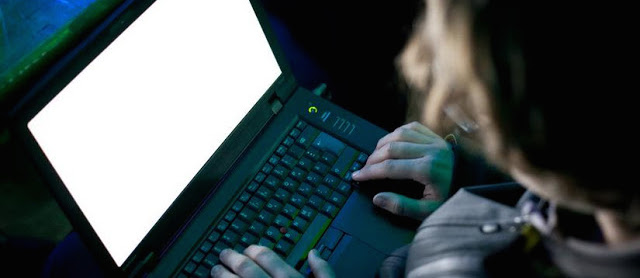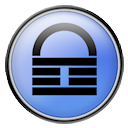As you’re probably aware, we like the password management tool Keepass for storing passwords – but what if you didn’t have to store them? What if you could easily remember a few phrases and generate unique passwords for each site you use based on those simple details? Beyond the safety of the service, it’s certainly an interesting idea.
Recently, I was asked a question “How can I tell if someone has placed spyware in my computer to track my stuff or remote control to see what I’m doing?”. It’s natural to fear the worst when complicated systems might have been left in the hands of those who might be somewhat untrustworthy. In this article, I’ll try to go over some of the ways you can tell if these things might be happening, and how to prevent some of them from occurring altogether.
These things are becoming more commonplace than ever. With news swirling about a huge compromise of passwords on Linkedin – many are worried about whether they were one of the 6.5 million reported to have been affected by a serious break of LinkedIn’s security. Here’s a rundown of what you should do right away to protect yourself.
Keepass is a simple, yet powerful password management database and tool. It can help you store and centralize passwords for anything from websites to personal lockboxes. Check out why we think Keepass deserves to be called THAT great tool.
If you’ve been following some of the more recent news on Windows – you’ll have come across stories about a “recent” patch from Microsoft causing what is called a “Black screen of death”. The fix to this seemingly unknown problem comes from a security firm name Prevx. This stuff is problematic on so many levels.
- 1
- 2




